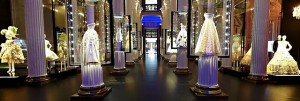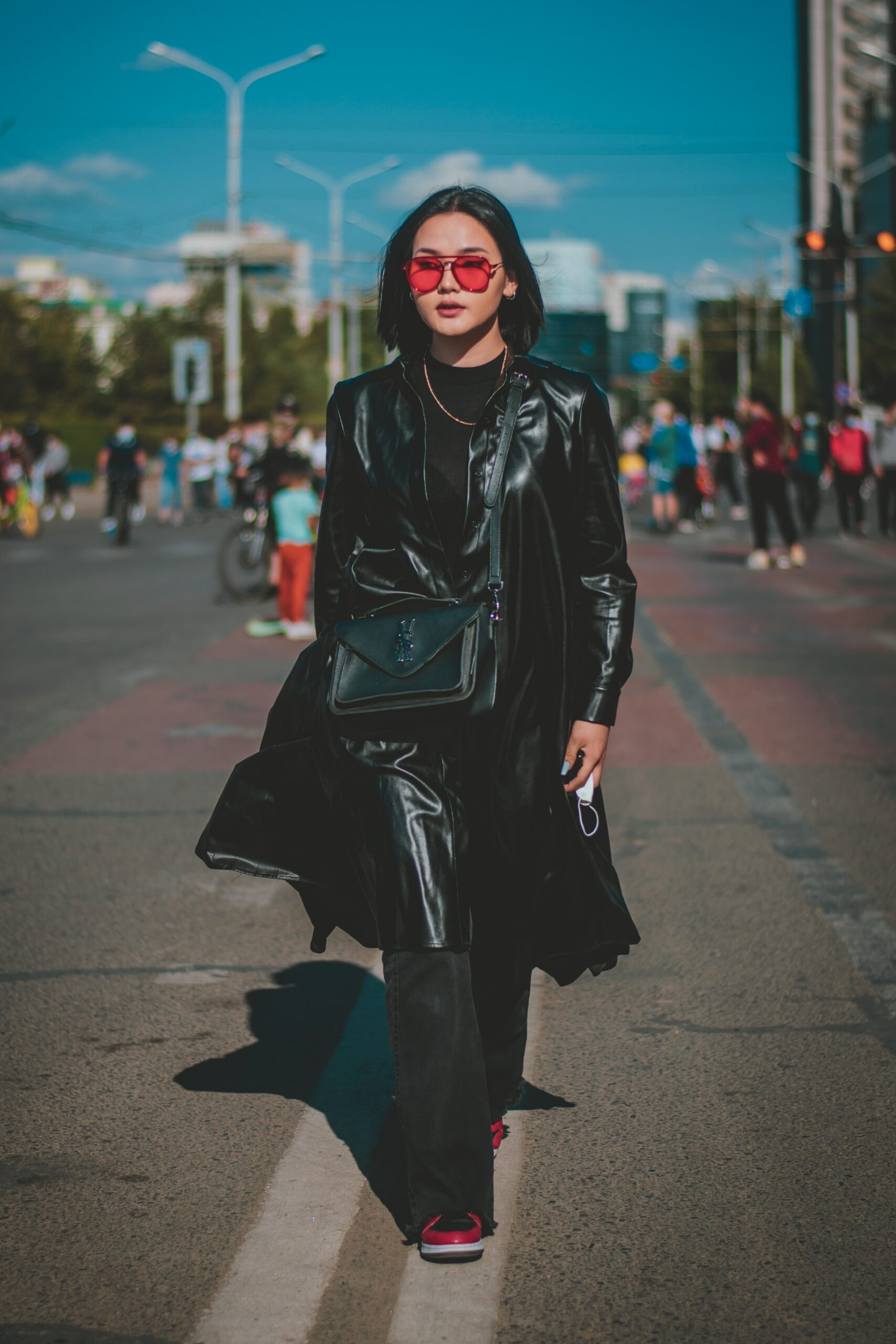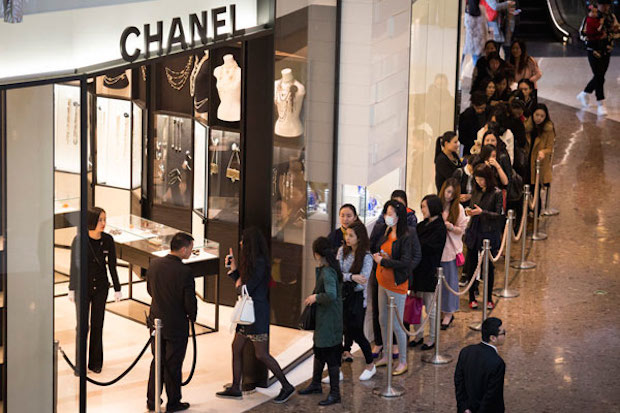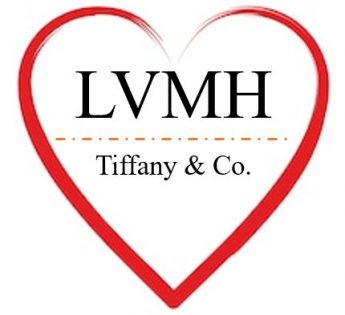Marketing luxury brands is significantly trickier than regularly purchased brands. In this regards, many luxury brands from Europe seem to be stepping up a new kind of luxury marketing activity – exhibitions in prominent museums. For example, “Inspiration Dior” exhibition at the Pushkin Museum, Moscow; “Culture Chanel” at the Museum of Contemporary Art Shanghai; and Louis Vuitton “Voyages” exhibition in the National Museum of China. This exercise bags a question as to can this create a win-win situation for luxury brands and museums? In the following paragraphs, I shall share my views on marketing luxury brands through exhibitions.
A win-win situation for marketing luxury brands and museums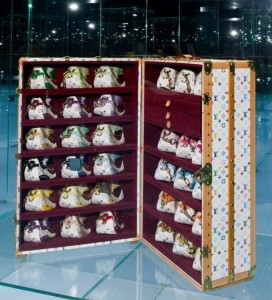
Many luxury brands continuously associate themselves with the local culture, local flavours and local identity in almost all their communications. In my earlier article on luxury marketing and brand origin effects, I specifically highlighted how brand origin connection is used by luxury brand marketers. Exhibitions provide another marketing opportunity to luxury brands to expose and engage those consumers who are less aware or feel psychologically distant from these brands. Many consumers still associate luxury brands with negative value associations such as snobbism or conspicuousness rather than the uniqueness or high quality. The negative association of snobbism or conspicuousness may not bode well for positioning purposes in present recessionary environment. Exhibitions, especially in world-renowned museums provides luxury brand an added benefit of going beyond those negative value associations and associate positively.
On the other hand, museums increasingly look for exposing their visitors to world cultures and sub-cultures. For example, Victoria and Albert museum, a prominent art and heritage museum in London, identifies its purpose as “to enable everyone to enjoy its collections and explore the cultures that created them; and to inspire those who shape contemporary design.”
In this regard, luxury brands which associate themselves with a specific culture tone represent both ‘culture’ and ‘contemporary design’ objectives. Therefore, it creates a win-win situation for both luxury brands and museums. The brands gain stronger cultural tone, wider exposure (as masses may sometimes find some of these brands snobbish) and added prestige of being classic. Many consumers see museums as the most accurate snapshot of a specific culture or a specific event. In a way, many consumers take the museum’s view as the reality. In this regards, marketing the luxury brand via a museum gains a strong positive association due to the exhibition. The museum on the other hand may get more visitors who may be curious in looking at a certain outfit (e.g. Kate Middleton’s wedding dress is already being identified as a museum outfit). Thus, both brands and museums win.
The increasing inclination from museums to host brand-focused exhibitions can be explained from a socio-cultural perspective also.
Firstly, as I stated above V&A museum identify one of the major purpose is to represent ‘contemporary design’. Luxury brands and especially their ready-to-wear business is a buzzing ground of contemporary design. Most luxury brands lead from front in this regards. Recently, I saw a documentary on the house of Valentino (Valentino – The Last Emporer) released by BBC under it’s storyville programme. It shows how much effort goes on behind each of the creations and the substantial detail behind each aspect of design. Furthermore, the amount spent on design aspects in accessories business such as perfume bottles and other packaging is in itself a recognition of the emphasise put by luxury brands on design. It seems that museums have started recognizing this extra effort put by many brands.
Secondly, the contemporary aspect in museums is becoming ever more important. Previously, museums were thought to exist for the historical snapshot they provided to mankind. However, more and more museums across the world are embracing a forward-looking approach by identifying and appreciating contemporary design. This in turn has probably brought a newer segment of consumers (especially young adults) to museums as they enjoy exposure to the what is contemporary more than what is historical.
Thirdly, many luxury brands have become so popular that they have created a cult kind of a cultural identity around them. Our world is full of brands and brand related messages. Furthermore, many luxury brands are old enough to have a strong heritage aspect associated with them. This in turn, fits with the museums’ agenda of being historical and contemporary at the same time.
Added interactions : a major luxury marketing objective
Moreover, brand related exhibition may also bring a kind of visitor who may get curious to know more about a brand s/he is exposed to for years but hardly understand. A regular consumer may not be aware of who is Frida Giannini, however, will be very much aware of what is Gucci. Thus, a brand based exhibition overall may bring (a) normal visitor to the museum who may not have come to the museum before; (b) heighten the reputation of the luxury brand and cement its cultural identity and (c) increase the designer’s reputation overall.
Another important segment who may win in this situation is the budding designers and artists. This segment of visitors can now get time to actually see the works of master designers behind those brands in real rather than just from images in magazines. Therefore, the exhibitions in turn may become an inspiration for the new age of design.
Overall, I believe the luxury marketing efforts geared towards exhibiting luxury brands across the world may lead to a win-win situation for everyone involved.

